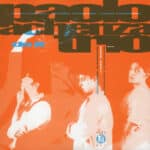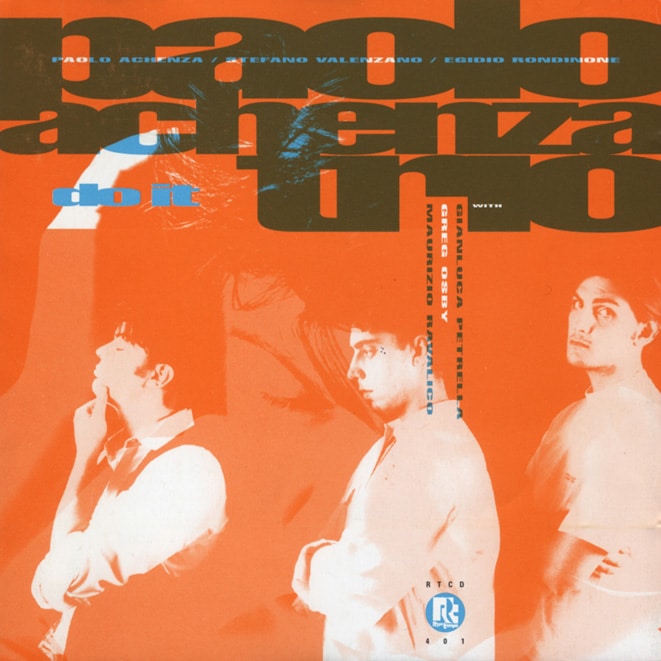At the time the first single of Paolo Achenza Trio (“Introducing the Paolo Achenza Trio” – RTX201) was a real gamble but also the first encounter with DJ & producer Nicola Conte. A gamble because at the time no one thought possible that a valid acid-jazz-funk record could be produced in Italy.
“Do It” is the first album produced by Ishtar and feature the extremely welcomed guest appearance of the Afro-American horn player Greg Osby, recording artist for Blue Note. At the time of the recording when he was invited for the registration of the album he showed great enthusiasm in what the Paolo Achenza Trio represented as exponents of the Fez in the flourishing Bari scene. This was the onset to further productions amongst which Quintetto X, Balanço and Nicola Conte. The album also features a version of “Do it” recorded at the live radio show “Planet Rock”, Sala (A), Rai Radiodue Roma in May 1994.
“Since the beginning of this project I’ve always connected two distinct and vivid images to the music of this recording, one being the Giorgio Gaslini Quartet, playing at night in the beautifully lit gardens of villa in Michelangelo Antonioni’s movie “La Notte”, the other being Paolo full of inspiration and sweat, rehearsing with this previous band “The Soul Grabbers”, again in a villa, although this time in the dark and humid basement. I’ve always believed that a profound link exists between the Paolo Achenza Trio today and a certain Italian jazz culture which were making revolutionary music whilst preparing itself to the student riots of the sixties, as this is a jazz record, immediate, spontaneus and much more innovative than a hurried listening would suggest, this music comes from the backstreet pavements rather than the grand staircases of the jazz academies. It is born in the unsatisfactory living conditions of these young people from an urge of expression that belongs very much to this “New Jazz Theme” and that draws its inspiration from jazz to make a new sound. The present shape of every art form is always deeply rooted in its past. It can be very close or very remote depending on one’s own historic perception. I have found very exciting that, without any premeditation, four young musicians from a provincial town found themselves in a recording studio with one of the greatest contemporary Afro- American horn players, making music that we thought it was only yet to be seen on Blue Note or Riverside. Making music without carbon paper… real music… today”.
Nicola Conte




